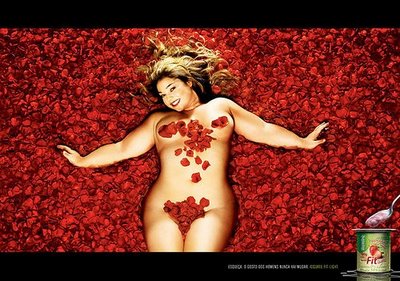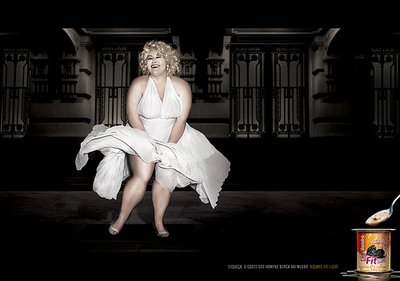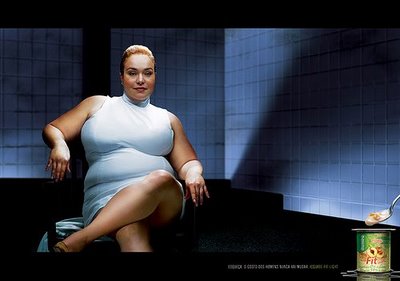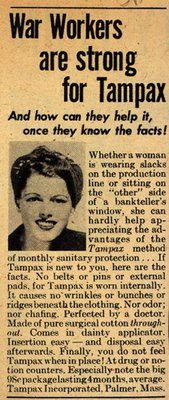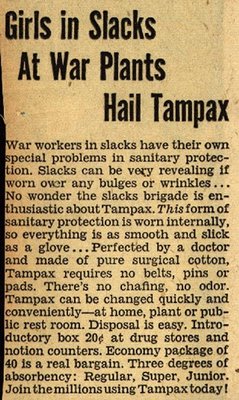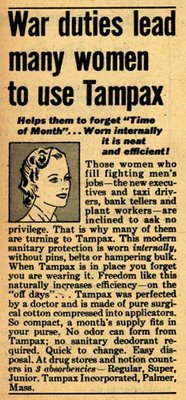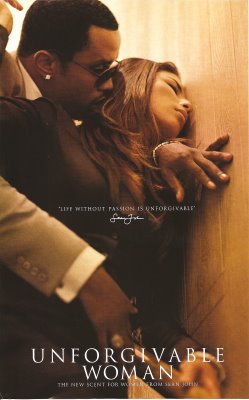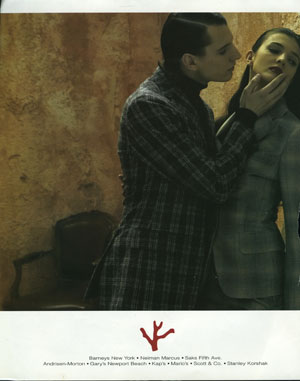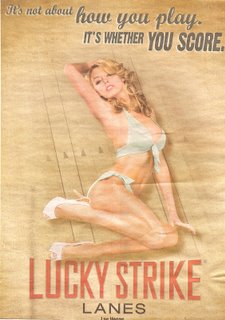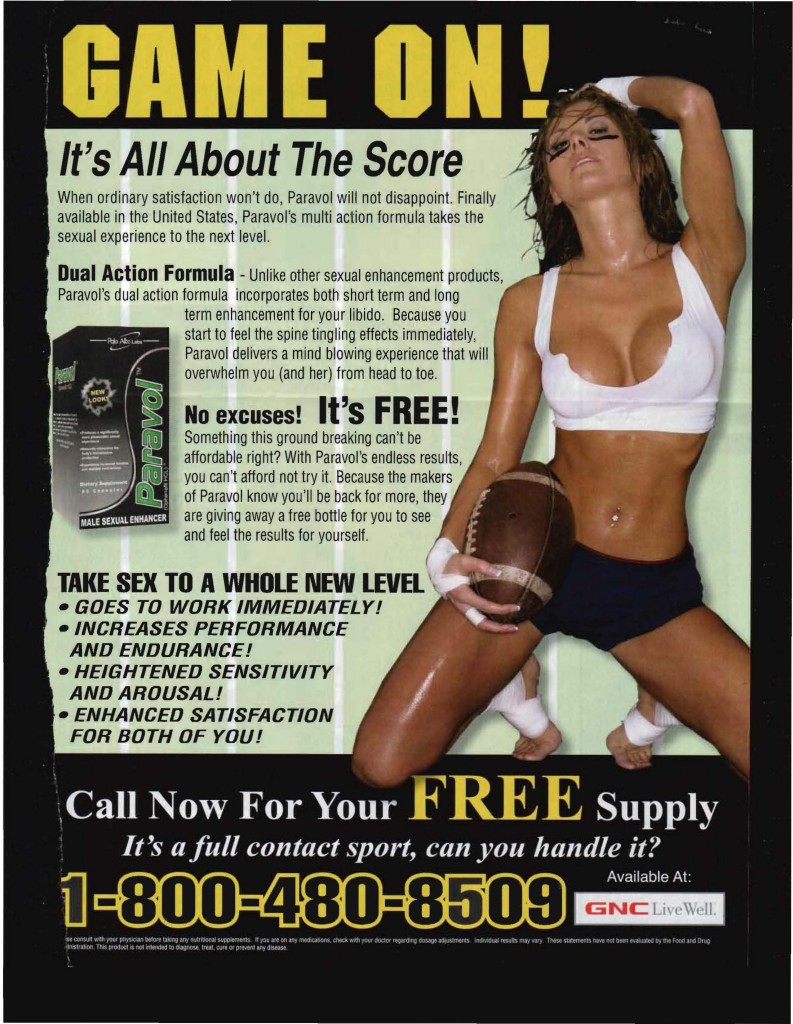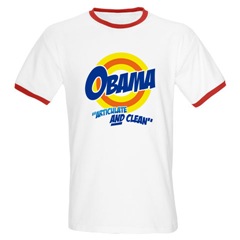Kimberlee M. sent us these stills from a Winsor Pilates video and an explanation. She writes:
The Winsor Pilates series is something you might be familiar with since it is advertised on TV and is endorsed by many celebs. I recently bought a bunch of second hand Winsor Pilates DVDs and found that one particular DVD was incredibly racist.
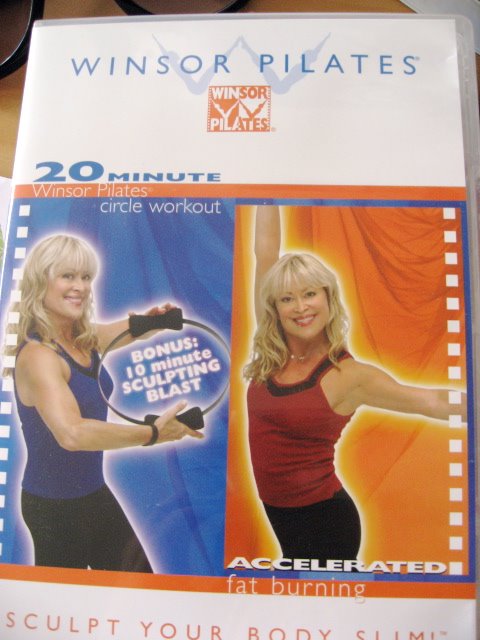
Though Mari Winsor uses mainly white fitness models (and I have seen 8 of her dvds), in her dance fat burning workout, suddenly she has several black models in the foreground dancing with her. And the music? Some live drumming which is being played by black people.
A few particularly offensive moments:
At 29:55 minutes Mari Winsor exclaims “shake that booty” just before the scene fast cuts to a shot of the black woman’s behind:

Around 33 minutes Mari says to the drummers, “Boys, my loves, ya mon! Cool it down for me, you gonna cool it down for me? Let’s go back to the island mon!” One can hardly ignore the dramatic change in her ennunciation and diction when she talks to them, (gonna, mon etc) and her patronising, “boys, my loves”.

What is worse, not representing black people? Or only representing them in stereotypical demeaning roles?
…this workout dvd is CURRENT and is for sale on the front page of their website.
You might pair this post with these images that fetishize Black women’s behinds.
